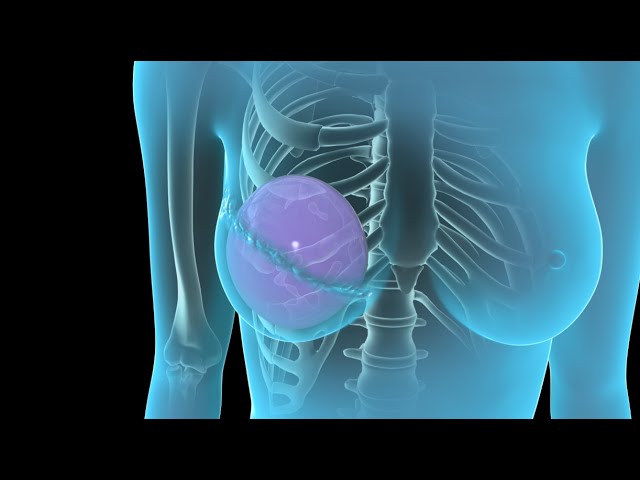Facing the prospect of mastectomy and considering breast reconstruction can be a daunting experience. However, it’s essential to recognize that these decisions can also be empowering, offering individuals the opportunity to take control of their health and well-being. In this article, we will delve into the various mastectomy and implant reconstruction procedures, aiming to empower individuals with knowledge and understanding to make informed choices about their treatment journey.
Embracing Mastectomy: A Step Towards Healing
Understanding Mastectomy
Mastectomy involves the surgical removal of one or both breasts and may be recommended for various reasons, including:
- Breast Cancer Treatment: Mastectomy is often part of the treatment plan for breast cancer, particularly when tumors are large or present in multiple areas of the breast.
- Risk Reduction: Individuals at high risk of developing breast cancer due to genetic factors or previous medical history may choose to undergo mastectomy as a preventive measure.
Types of Mastectomy Procedures
- Total (Simple) Mastectomy: Removal of the entire breast, including the nipple and areola, while preserving the chest muscles.
- Modified Radical Mastectomy: Removal of the entire breast, including the nipple and areola, as well as the axillary lymph nodes.
- Skin-Sparing Mastectomy: Removal of the breast tissue while preserving as much of the breast skin as possible, facilitating a more natural-looking reconstruction.
Exploring Breast Reconstruction: Options and Opportunities
The Role of Breast Reconstruction
Breast reconstruction aims to restore the shape, symmetry, and appearance of the breasts following mastectomy. It can be an essential component of the healing process, offering physical and emotional benefits to individuals who have undergone mastectomy.
Types of Breast Reconstruction Procedures
- Implant Reconstruction: Involves the placement of silicone or saline implants to recreate the volume and shape of the breast.
- Autologous (Flap) Reconstruction: Utilizes tissue from other parts of the body, such as the abdomen, back, or buttocks, to reconstruct the breast.
Factors to Consider
- Personal Preferences: Individuals have the opportunity to choose the type of reconstruction that best aligns with their aesthetic goals and lifestyle preferences.
- Timing: Reconstruction can be performed immediately following mastectomy (immediate reconstruction) or delayed to a later date (delayed reconstruction).
- Recovery and Follow-Up Care: Understanding the recovery process and the need for regular follow-up appointments with healthcare providers is crucial for a successful reconstruction outcome.
Making Informed Decisions: Your Journey to Empowerment
Seeking Support and Guidance
- Consultation with Healthcare Team: Engage in open and honest discussions with your healthcare team, including surgeons, oncologists, and plastic surgeons, to explore all available options and make informed decisions.
- Emotional Support: Lean on friends, family, or support groups to navigate the emotional aspects of mastectomy and reconstruction surgery.
Embracing Empowerment
Empowerment lies in knowledge, choice, and support. By educating yourself about mastectomy and implant reconstruction procedures, engaging with your healthcare team, and seeking emotional support, you can embark on this journey with confidence, knowing that you are making choices that align with your values and goals. Remember, you are not alone, and there is strength in embracing your choices and taking proactive steps towards healing and well-being.



